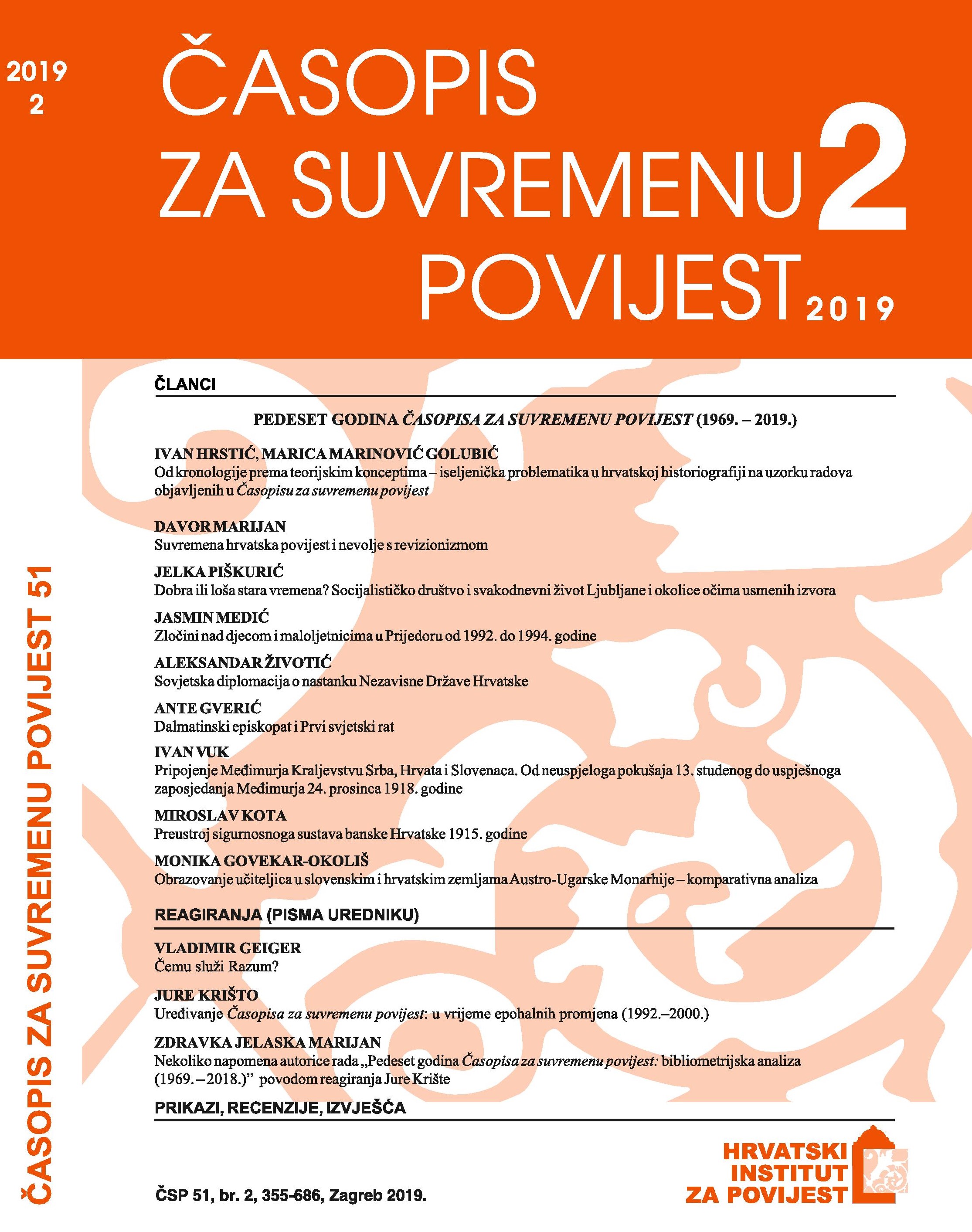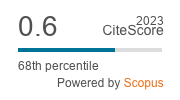The Annexation of Međimurje to the Kingdom of Serbs, Croats and Slovenes
From the unsuccessful attempt on 13 November to the successful occupation of Međimurje on 24 December 1918
DOI:
https://doi.org/10.22586/csp.v51i2.8927Keywords:
Public Actions (narodni istupi); Međimurje; Varaždin; National Council; occupation attempt; National Army of the Slovenes, Croats and Serbs; Royal Yugoslav Army; military actionAbstract
After the establishment of the State of Slovenes, Croats and Serbs, the Međimurje region, then part of the Hungarian Zalad County, desired to become part of the newly-created state. After the capitulation of Austria-Hungary, there were riots in Međimurje, better known as the Međimurje Revolution or the Public Actions (narodni istupi). The Hungarian authorities responded by introducing martial law, resulting in over a hundred death sentences being carried out. News on these deplorable events first reached neighbouring Varaždin and the local national council, which thus became a centre of information from where news was forwarded to the central National Council in Zagreb. In the evening of 13 November 1918, a military operation aimed to occupy Međimurje was launched from Varaždin, but it failed due to a lack of preparation. This paper analyses the reasons why the mentioned action failed. The Belgrade Ceasefire was signed on the same day, and Međimurje remained within the borders of Hungary. Intense preparations for the organisation of a new military operation followed. The central National Council in Zagreb turned to the Serbian army for help, but was turned down. On 24 December 1918, a second attempt to occupy the area was initiated. Lieutenant Colonel Slavko Kvaternik was appointed to lead the Croatian forces, while their field commander was Lieutenant Colonel Dragutin Perko. In only a few hours, the army of the Kingdom of Serbs, Croats and Slovenes occupied Međimurje without facing any resistance. In this way, the area bordered by the Mura and Drava Rivers was annexed to the other Croatian lands, i.e. the newly-established Kingdom of Serbs, Croats and Slovenes.
Downloads
Published
How to Cite
Issue
Section
License
Copyright (c) 2019 authors and journal

This work is licensed under a Creative Commons Attribution-NonCommercial 4.0 International License.
Copyright holders are the publisher Croatian Institute of History and the authors. Journal of Contemporary History is an Open Access journal. Users are allowed to read, download, copy, redistribute, print, search and link to material, and alter, transform, or build upon the material, or use them for any other lawful purpose as long as they attribute the source in an appropriate manner according to the Creative Commons licence CC BY-NC. The papers published in Journal of Contemporary History can be deposited and self-archived in the institutional and thematic repositories providing the link to the journal's web pages and HRČAK. Journal does not charge article processing charges (APC). The editors assume no responsibility for statements of fact or opinion made by contributors.




